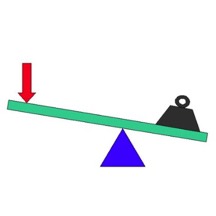
Episode #811
August 17, 2024
Business, finance, economics and negotiations have all highjacked the term “leverage” to apply to their fields.
I am fascinated with leverage in physics.
The use of pulleys, gears, levers and balance gives me a mechanical advantage over my world.
When two people carry an object, such as a coach, it is important to have symmetrical grips. Asymmetrical grips create an imbalance causing twisting and uneven weight distribution. Either of the people can fall out of their safe carrying zone. The object becomes heavier with incorrect leverage.
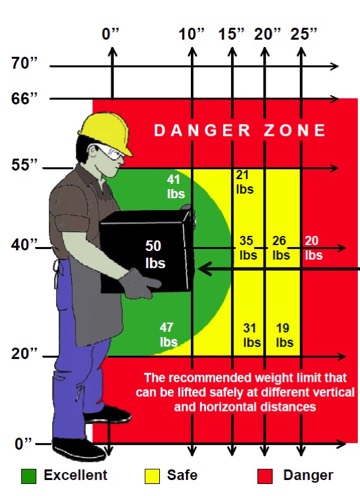
The use of a walking cane is a study in leverage. When I injured my left foot I used a cane during my recovery. At first I used the cane on the left, injured side. I lifted the left side of my body with every other step. My gait looked like Festus, Marshal Dillon’s lovable side kick on Gunsmoke.
This use of the cane tired my left arm quickly and allowed the injured leg to fall down hard with every other step. The correct walking cane leverage is to use the cane on the opposite side of the injury. Weight is shifted to the cane when the injured leg contacts the ground. By leaning on the cane, weight is lifted from the injured side. It is a mechanical advantage that requires no lifting and no falling.
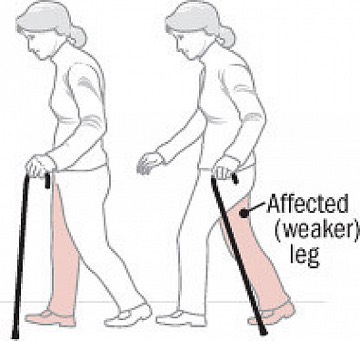
First class levers are versatile, can balance force and distance/speed based on fulcrum position. The fulcrum is positioned between the effort and the load.

Second class levers are highly effective for amplifying force, ideal for heavy lifting tasks. The load is positioned between the effort and the fulcrum.

Third class levers enhance speed and range of motion, suited for tasks requiring precision and rapid movement. The effort is between the fulcrum and the load.

My trusty Estwing claw hammer is my favorite leveraging tool. Where the hammer handle meets the claw is a fulcrum point, a balance point between the handle and the claw. Think of it as the center of a child’s see saw. Because the handle is longer than the claw the handle moves a greater distance than the nail head. The effort applied by the user is converted into greater force on the claw. The hammer is an example of a first class lever when pulling a nail. The fulcrum is positioned between the effort and the load.
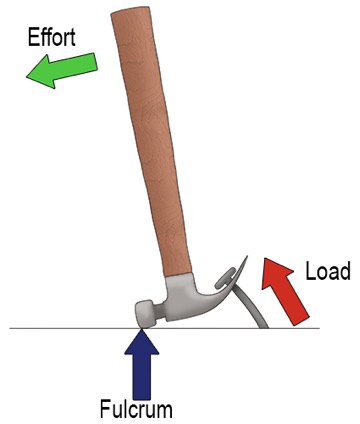
A hammer is a third class lever when pounding a nail. The fulcrum is at the end of the handle, the effort is in the middle of the handle and the load is at the head of the hammer.

A wheelbarrow is another example of leverage and a fulcrum. The wheel is the fulcrum, the load is in the barrow and the user’s force is applied to the handles. This is an example of a second class lever. The load is positioned between the effort and the fulcrum.
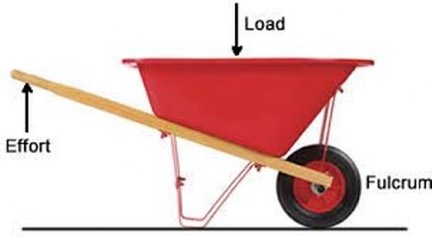
A shovel is a third class lever. The effort is between the fulcrum and the load. If you are holding the shovel with two hands, the top hand is the fulcrum, where the lever pivots. The bottom hand, in the middle of the lever, provides your force.
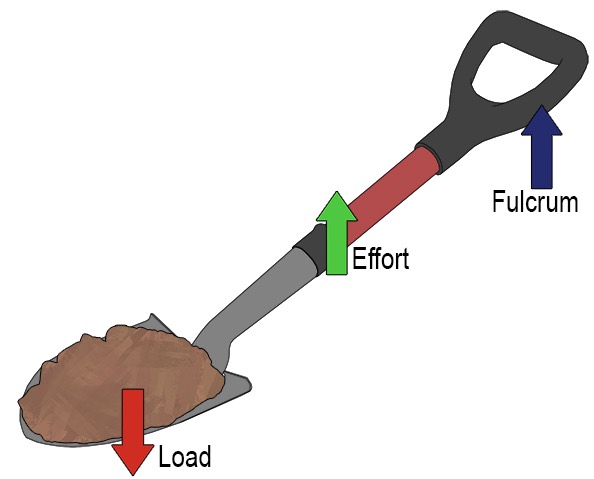
“Use the right tool for the right job in the right way.”
— Mechanic’s safety poster
“If my only tool is a hammer, then every problem is a nail.”
— Sholem Asch
“If the only tool you have is a hammer, it’s hard to eat spaghetti.”
— David Allen

When applying force always consider the leverage needed to influence the load. Where is the fulcrum?
In other words, where is the balance point?
IF YOU LIKE THIS BLOG YOU’LL LOVE MY BOOKS:
“Skydivers Know Why Birds Sing” by Ricki T Thues is now available on Amazon.
It is a Love story of Rick and Paula Thues and their 35 years of Skydiving.
Click HERE to buy the paperback or Kindle ebook at Amazon.
Follow Ricki T Thues on Amazon HERE.
ALSO AVAILABLE:
“Technically Human” by Ricki T Thues, the iMentor, is available on Amazon.
It is a compilation of selected episodes from this bLog which tell the story of Humanity through the eyes of the iMentor.
Click HERE to buy the paperback or Kindle ebook at Amazon.
The ebook version of “Technically Human” is also available on Kobo. Click HERE.
For you Barnes and Noble Nook readers it is available for Nook. Click HERE.
The “Technically Human” ebook is also available on Apple Books . Click HERE.
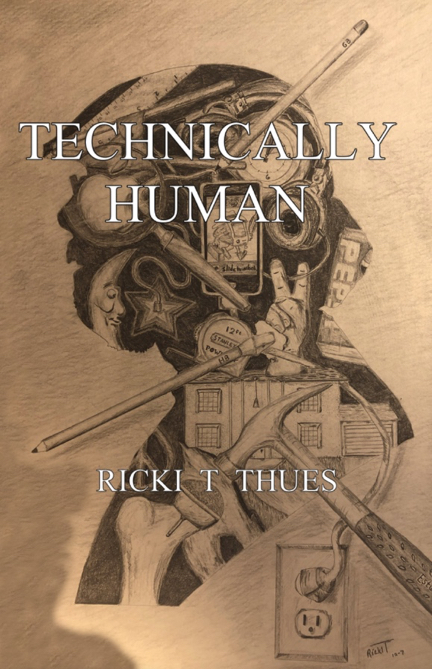
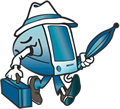
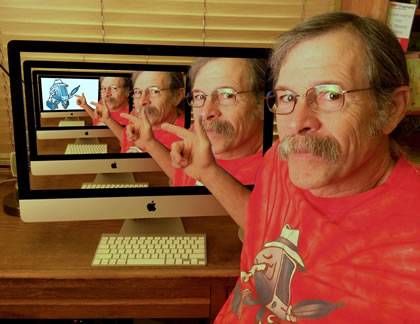
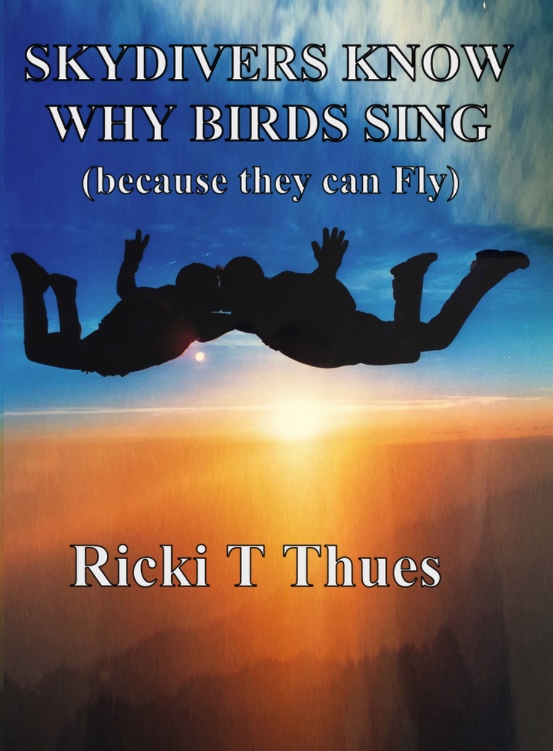


You always post such illuminating thoughts. Love reading this.
I think Elmo is the best spokemuppet for levers!